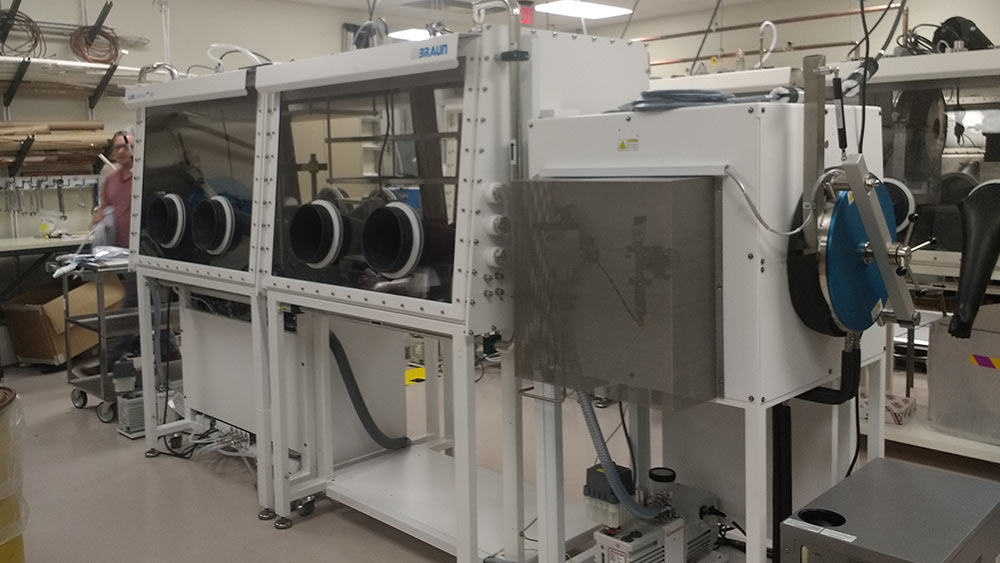
Texas A&M University College of Engineering researchers will play a key role in a consortium sponsored by Natura Resources, LLC to build an advanced research reactor in the state of Texas. The $30.5 million effort to design and license a research reactor is a collaboration with three other universities: Abilene Christian University, Georgia Institute of Technology and The University of Texas at Austin. The Texas A&M team has been awarded $3.5 million over the next three years for their portion of the project.
Nuclear engineering faculty members Drs. Pavel Tsvetkov, Mark Kimber and Sean McDeavitt and their respective research groups are members of the consortium.
“Texas A&M plays an important role on the team, supporting the design, thermal management and fuel characterization efforts toward the reactor,” said Tsvetkov, associate professor of nuclear engineering and lead of the Texas A&M team. “We are excited to be part of the consortium. This is going to be the first advanced reactor to be built in the 21st century in the U.S. and the first to be built as a university research reactor. It will enable the nuclear engineering community, as well as serve the strategic role of workforce development supporting advanced reactors. Dr. Kimber and Dr. McDeavitt have years of unique experience in important areas of the project, allowing us to provide high-impact assistance to the team.”
“We are incredibly pleased and honored to sponsor this remarkable multi-disciplinary collaboration of talented researchers – physicists, engineers, chemists and their students – to support our vision to develop advanced energy systems that are inherently safe, sustainable and environmentally friendly,” said Dr. Tony Hill, Natura director of product development.
Launched in spring 2019, the consortium’s goal is to design, license and commission the first university-based molten salt research reactor.
“I’ve been working with molten salts for nuclear applications off and on for over 25 years,” said McDeavitt, nuclear engineering professor and director of the Nuclear Engineering and Science Center. “This is an exciting opportunity to contribute to the actual construction of a nuclear energy system that has the potential to impact future generations.”
“The thermal management team will focus on validating modeling efforts aimed to predict thermal performance during normal and off-normal scenarios,” added Kimber, assistant professor of nuclear engineering. “Being able to place a known confidence in those models is especially important with this advanced reactor design because it sets the stage for future reactor designs to follow suit.”
Texas A&M nuclear engineering department head Dr. Michael Nastasi stressed the importance of this project. “Over the next several decades, the energy environment must undergo a transformation to a minimal carbon future if greenhouse gasses are to be sufficiently limited. Molten salt reactors fit perfectly into this future because of their innate safety as well as their ability to consume spent nuclear fuel from conventional nuclear reactors,” he said. “Additionally, this project will help educate a new cohort of engineers who are equipped to work with advanced reactors.”
Texas A&M’s Department of Nuclear Engineering was established in 1958 and strives to serve the state, nation and global community by nurturing nuclear engineering professionals and leaders to meet the complex challenges associated with the peaceful uses of nuclear energy and enhancing global security. It is the largest program in the U.S. with a current enrollment of 292 undergraduate and 141 graduate students. The program is ranked second nationally among undergraduate and fifth nationally among graduate programs included in public universities by U.S. News and World Report.